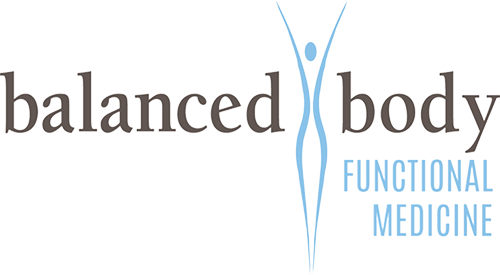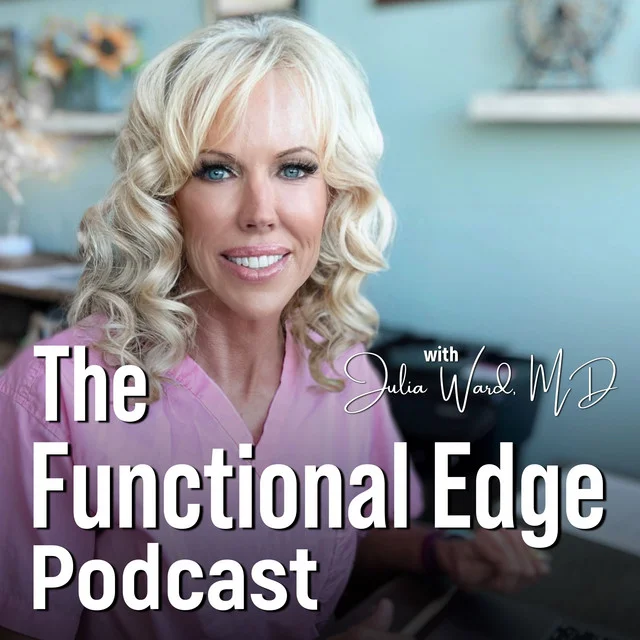In the realm of innovative medical therapies, Hyperbaric Oxygen Therapy (HBOT) stands out as a powerful modality offering a multitude of health benefits. This advanced treatment involves breathing pure oxygen in a pressurized chamber, creating a high-oxygen environment that facilitates the body’s natural healing processes.
Let’s dive into the what is Hyperbaric Oxygen Therapy and the remarkable benefits this non-invasive therapy can bring to anyone seeking improved well-being.
What is Hyperbaric Oxygen Therapy (HBOT)?
This is a chamber that one sits in and breathes 100% oxygen via mask. The pressure around you is increased using room air. Our chambers are steel sided and can go to a higher atmospheric pressure than the soft sided or “home unit” chambers (that one may see in a medical spa or an IV center). The increased pressure drives all the oxygen deep into your tissues – bypassing what the red blood cells do. This super-saturates your tissues with oxygen. Oxygen is the rate limiting ingredient our bodies need for growth and repair. Thus you are giving your body unlimited resources for growth, repair, and healing.
How does Hyperbaric Oxygen Therapy (HBOT) work?
Our body’s tissues need oxygen to function. The air we breathe is 21% oxygen. HBOT involves breathing 100% (pure) oxygen while in a special space called a hyperbaric chamber. The air pressure inside the hyperbaric oxygen therapy chamber is increased 2 to 3 times higher than normal air pressure. Under these conditions, your lungs can gather much more oxygen than would be possible breathing pure oxygen at normal air pressure. This extra oxygen helps fight bacteria. It also triggers the release of substances called growth factors and stem cells, which promote healing.
What medical conditions can Hyperbaric Oxygen Therapy (HBOT) help treat?
Hyperbaric oxygen therapy is used to treat several medical conditions. And medical institutions use it in different ways. Your health care provider may suggest hyperbaric oxygen therapy if you have one of the following conditions:
-
- Alzheimers and other dementias
- Autism
- Cancer (cancer can not grow in an oxygen rich environment)
- Post stroke
- Rheumatoid Arthritis
- Post COVID syndrome
- Traumatic brain injury
- Lyme disease
- Mitochondrial dysfunction
- IBS/Chron’s Disease/Ulcerative Colitis
- Inflammation – acute or chronic
- Deafness, sudden
- Sickle cell anemia
- Peripheral neuropathy
- Severe anemia
- Brain abscess
- Bubbles of air in your blood vessels, known as arterial gas embolism
- Burns
- Carbon monoxide poisoning
- Crushing injury
- Decompression sickness
- Gangrene
- Infection of skin or bone that causes tissue death
- Non-healing wounds, such as a diabetic foot ulcer
- Radiation injury
- Skin graft or skin flap at risk of tissue death
- Vision loss, sudden and painless
What to expect during Hyperbaric Oxygen Therapy (HBOT)?
You can sit or lie down inside the chamber and will have an oxygen mask to breathe. As the pressure increases you will feel your ear “pop” or equalize. This is similar to flying. You can further equalize the ears by yawning, moving the jaw, swallowing, or holding your nose and blowing out
How do you feel after Hyperbaric Oxygen Therapy?
Great! Some people notice a difference after one or two sessions, while others need a few more sessions before noticing things like decreased inflammation. Many have noted that they sleep better on the days that they use the chamber.
It is best used in a consecutive manner: that is an hour a day 5 days per week for several weeks. There is a “stacking” effect that going into the chamber has. This therapy was never meant to be “one and done”.
What are the risks of Hyperbaric Oxygen Therapy (HBOT)?
There is a theoretical risk of sparks & fire in the chamber. However, our chambers use room air instead of 100% O2 to pressurize which reduces the risk dramatically. In fact it can become a bit humid inside. Especially as one comes “back up to the surface”.
In general you don’t “feel “ any different when under pressure. The only trouble spot can be ears. Because there is a small pocket of air in the middle ear this needs to be “equalized”. If you have small eustachian tubes it may take longer to equalize or can become painful if you don’t equalize. If this happens our staff (who monitors you during the pressurization phase) can slow things down or reverse the process to lessen this discomfort. As time goes on it becomes easier and easier to equalize ear pressure.
What is the difference between Hyperbaric Oxygen Therapy (HBOT) and other oxygen therapies out there?
There are different types of hyperbaric chambers. There are “home” units which have soft sides and you zip into them (laying down flat is the only option here). This chamber is often seen in MedSpas and IV infusion offices. It can only go to 1.3 atmospheres of pressure and you are not able to breathe 100% oxygen during this time. We all live at 1.0 atmospheres (ATA) pressure.
Then there are the hard/steel sided chambers (like the two chambers we have in our practice) that allow you to sit up completely inside or lie down – you’re choice. These chambers go to 2.4 ATA and you are breathing a mask of 100% pure oxygen the whole time. Our chambers use room air to create the increased pressure. This significantly lowers the risk of sparks and fire in the chamber.
There are some chambers that are clear. They use a strong plastic instead of steel siding. They are generally pressurized with 100% oxygen. Because the plastic siding is not as strong as the steel the room inside these chambers are smaller. In general one has to lie down the whole time.
There are other chambers (usually in hospital settings) that can go up to 6 or 7 ATA. The problems with these is that it can cause oxygen toxicity. There are very few conditions that call for this sort of chamber.
Does HBOT improve athletic performance?
Hyperbaric oxygen therapy is used by athletes to enhance recovery after intense physical exertion or injuries.
HBOT increases the amount of oxygen that reaches the body’s tissues. This allows the oxygen to dissolve into the blood plasma and reach areas that may be poorly perfused or oxygen-deprived. This can help speed up the recovery process after an injury or intense workout and improve overall performance.
In a 2019 study, Hyperbaric Oxygen Therapy (HBOT) has been reported to be beneficial in terms of accelerating cell recovery and tissue repair, which are considered to be helpful for eliminating fatigue and recovering stamina. The study showed that HBOT significantly reduced muscular enzyme levels and improved pain intensity.
Professional athletes are increasingly receiving HBOT to help them recover from many types of injuries, even concussions. Joe Namath, who played for the New York Jets for the majority of his NFL career, suffered from multiple head injuries as an NFL quarterback. As a result, he dealt with memory loss, focus issues, and feelings of anxiousness and irritability before trying HBOT. Now, not only have his symptoms subsided, but he became an advocate for HBOT.
Hyperbaric Oxygen Therapy for the treatment of long COVID
Long COVID is a common occurrence following COVID-19 infection. The most common symptom reported is fatigue. Limited interventional treatment options exist. The latest survey data shows that long COVID affects at least 20% of people who have recovered from coronavirus infection. The chronic exhaustion you’re experiencing is a common symptom, as are a range of cognitive issues.
An Israeli study looked at a group of patients whose cognitive symptoms of long COVID had lasted at least three months. Half underwent 40 sessions of HBOT over the course of two months. They received varying exposures of 100% oxygen over the course of 90 minutes, delivered via a mask, while in a hyperbaric chamber with twice the atmospheric pressure of sea level.
The other group of patients served as the control group. They also spent 40 sessions in the hyperbaric chamber, but breathed regular air, and at regular pressure. At the end of the study, the patients who underwent the genuine hyperbaric oxygen therapy reported a marked improvement in cognitive function. The therapy also had a positive effect on energy levels, sleep disruption and mood. The same results were not seen in the control group.
This echoes the results from research conducted last year by scientists in England. In that study, patients had 10 sessions of HBOT over the course of 12 days. Tests to assess fatigue and cognitive function also showed marked improvements between the start and the end of the therapy.
Where Do We Go From Here?
Your health journey is unique, and it’s just getting started.
Every journey to healing begins with a single, empowered step. Whether you’re curious, concerned, or ready to dive in, Dr. Ward and our care team are here to support you — personally and professionally.
Dr. Julia Ward, MD
Board-Certified Functional Medicine Physician
Let’s Talk About Your Health Goals
Whether you have a quick question or you’re ready to book a consultation, connecting with us is simple. Choose the option that works best for you:
Prefer to speak with a real person? We’d love to hear from you. Reach our team during business hours.
Listen to Dr. Ward’s Podcast
Or just fill out our quick secure form, and we’ll get back to you within one business day.
Need instant answers? Tap the chat button in the corner of your screen to talk with a member of our team in real-time.

